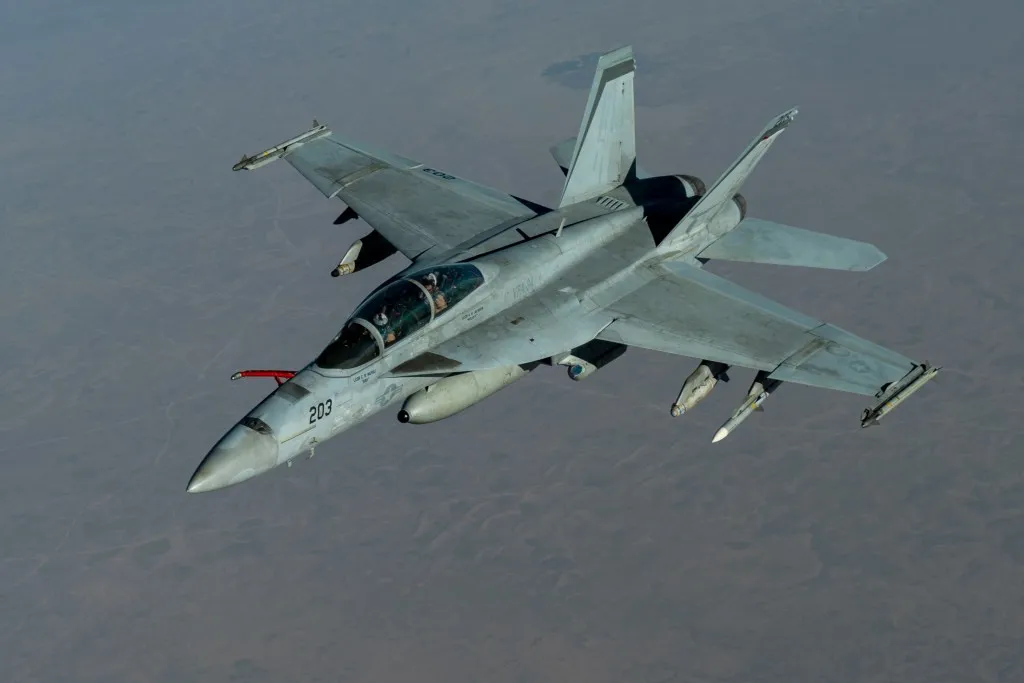‘Emerge from misty woods above a sea of clouds’: readers’ favourite UK winter walks | United Kingdom holidays
Cheshire’s mini Matterhorn
Who needs the Swiss Alps when you have Macclesfield Forest on your doorstep? Walking from Trentabank car park, the 506-metre peak of Shutlingsloe is the gift that keeps on giving. The panoramic views from its summit, dubbed Cheshire’s mini Matterhorn, are breathtaking at any time of year. But it’s on the crispest of winter days you get the best views: the Staffordshire Roaches, Manchester’s skyline, the Cheshire Plain, the wonder that is Jodrell Bank, and even as far as the Great Orme in Llandudno. Head back to Trentabank where there is a food truck selling local specialities, including Staffordshire oatcakes.
Jeremy Barnett
Trip the light fantastic on Norfolk’s coast
No matter how many people you see on arrival at Holkham nature reserve, the vast beach, marshes and miles of pinewoods disperse them. Southerly winds here can bring balmy winter days but winds off the North Sea are quite brutal. The light is fantastic and the variety of walking routes huge, with a boardwalk and visitor centre enriching the experience. This north-facing coastline is a magnet for exhausted migrant birds making landfall, and the pinewoods offer welcome shelter in bitter conditions. Bird hides along the woods’ southern edge look over marshland – fantastic for winter wildfowl spectacles and birds of prey.
Jo Sinclair
Profile
Readers’ tips: send a tip for a chance to win a £200 voucher for a Coolstays break
Show
Guardian Travel readers’ tips
Every week we ask our readers for recommendations from their travels. A selection of tips will be featured online and may appear in print. To enter the latest competition visit the readers’ tips homepage
–
Blow away the cobwebs on a Derry cliff walk
It’s officially called the Portstewart Cliff Walk but people call it the Nuns’ Walk because it snakes around the perimeter of the Dominican college. The walk starts overlooking Portstewart Strand and finishes in the town centre. It’s exposed to the Atlantic, so it’s always gusty and perfect for clearing the head after working too hard or overindulging. The sunsets here are to be savoured, so try to time it for dusk, and a post-walk pint by the fire in the Anchor Bar feels heavenly.
Ciaran
A perfect hike for a frosty day in the Chilterns
If it’s frosty, this is a cracker. From the Chilterns village of Ewelme (the famous watercress beds can wait) head east uphill through fields and beech woodland to Ewelme park, turn left and skirt Swyncombe House, which has excellent views of the Vale of Oxford, keeping north and right of the church as you go up. Cross the only main road, down and up into more classic Chilterns woodland complete with deer, pheasant and dappled sunlight before descending gently through ancient earthworks back to Ewelme as the sun sets. It’s 5 miles, 2.5 hours, and there’s no pub – but you won’t care because the countryside is perfect.
Rik Hallewell
A North Yorkshire amble for a foggy morning
Skipton Moor is wonderfully quiet despite having spectacular views, perhaps because it’s just outside the Yorkshire Dales national park. Only a mile up the hill from the edge of town, its high points offers panoramic views of Airedale and Pendle, and it is home to hares and curlew. Sparkling frost outlines all the spider webs in the gorse bushes. Go on a cold, foggy morning after a clear, calm night and you may well find yourself emerging from the misty woods above a sea of clouds.
Hannah Price
Follow the Skyline loop around Bath
Just outside Bath is the Skyline walk, a continuous 6-mile loop of the rolling hills surrounding the city. Mists rising over sandstone rooftops is a spectacular sight on a frosty morning. En route are panoramic views, ancient woodland, a sham castle, a cemetery clinging to the hills and the National Trust’s Prior Park, a magical 18th-century landscape garden designed for Ralph Allen, a key moderniser of the nationwide postal service. At the end, descend the footpath into Bath where you can cosy up by a pub fire – I recommend the Pig and Fiddle or The Crystal Palace.
Susanna
A short Lake District hike
Sale Fell near Cockermouth is my favourite short winter walk. Its grassy hillside feels safe to walk even when frosty. Climbed easily from St Margaret’s church, it offers amazing views over Bassenthwaite Lake towards Skiddaw. I love the descent via the quiet path through the woods towards the Wythop valley, passing the ruins of an old church where deer can be spotted. Finish the walk with a pint in the lovely Pheasant Inn or coffee and cake in the award-winning Bassenthwaite Lake Station cafe, both at the bottom of the fell.
Arthur
Black Mountains beauty
My favourite winter walk is in the Black Mountains of south-east Wales, in the Bannau Brycheiniog (formerly Brecon Beacons) national park. Park at Capel y ffin and follow the path along the valley of the Nant Bwch, with its waterfalls and steep-sided valley. Up to Rhiw y fan for spectacular views into Wales, returning along the Rhos Dirion ridge above the beautiful Vale of Eywas via a stone called the Blacksmith’s Anvil back to the start. Stop for an atmospheric pint in the cellar bar at Llanthony Priory.
Martin
Beaches, castles and pubs in Northumberland
A coastal stroll with a cosy pub that brews its own beer … Is there anything better? Starting at Embleton, head down the hill to the beach. Turn north, away from the cracking view of Dunstanburgh castle, and walk along the beach for about an hour to Low Newton, a National Trust-preserved square of fisher’s cottages and the Ship Inn, a dog-friendly, cosy pub with a strong food offering. Return either via the beach or head to the dunes and the coastal path. Recover from the walk up the hill into Embleton with a pint at the Greys Inn, a proper pub with decent real ale. Bliss.
Hannah
Winning tip: a Cut above west of Glasgow
Greenock Cut is near Glasgow yet transports you far away. It starts in mundane fashion, a walk through the edge of a town. But within a few minutes it opens out into majestic views across the River Clyde to the hills in Argyll and continues to wow for miles. The Cut’s visitor centre and cafe offer a warming break and good-quality paths keep it passable even on wet or icy days. Walkers can continue onwards along the hill to return via the spectacular Wemyss Bay railway station (11 miles), or loop back on a shorter route passing the calm Loch Thom (8 miles). Both are stunning. Nic





